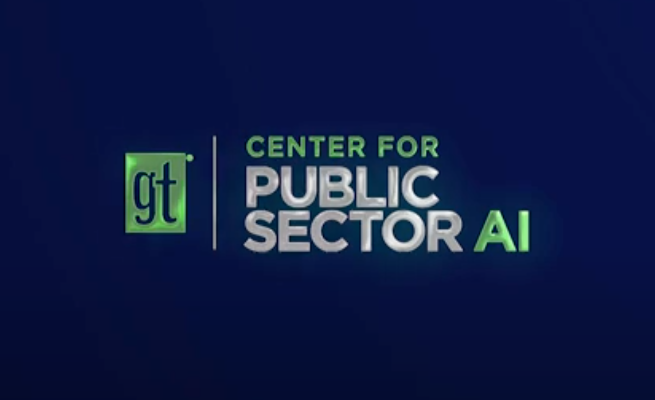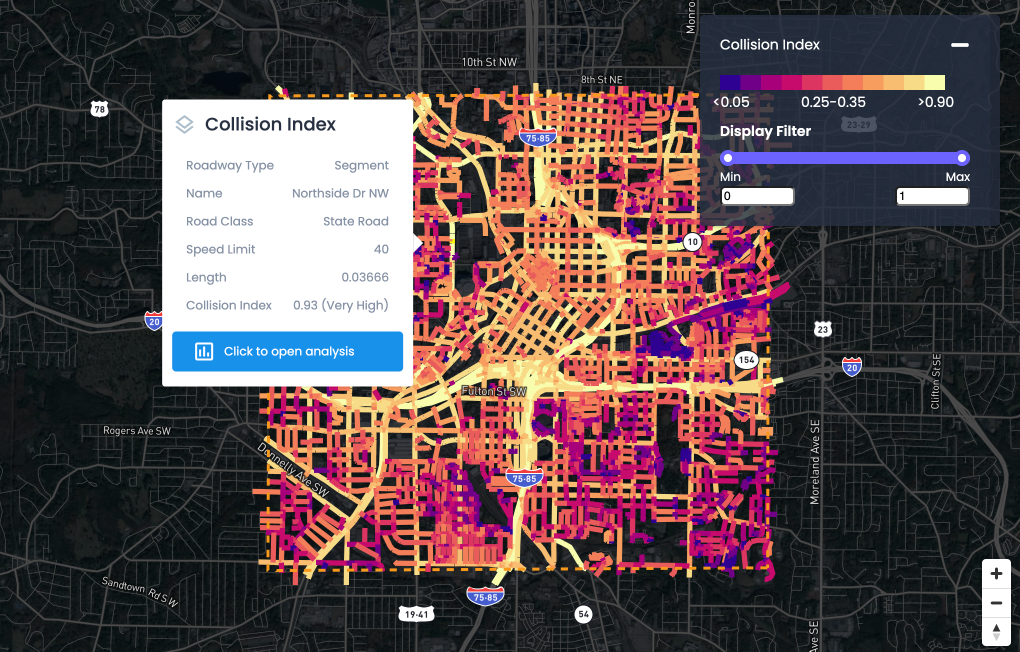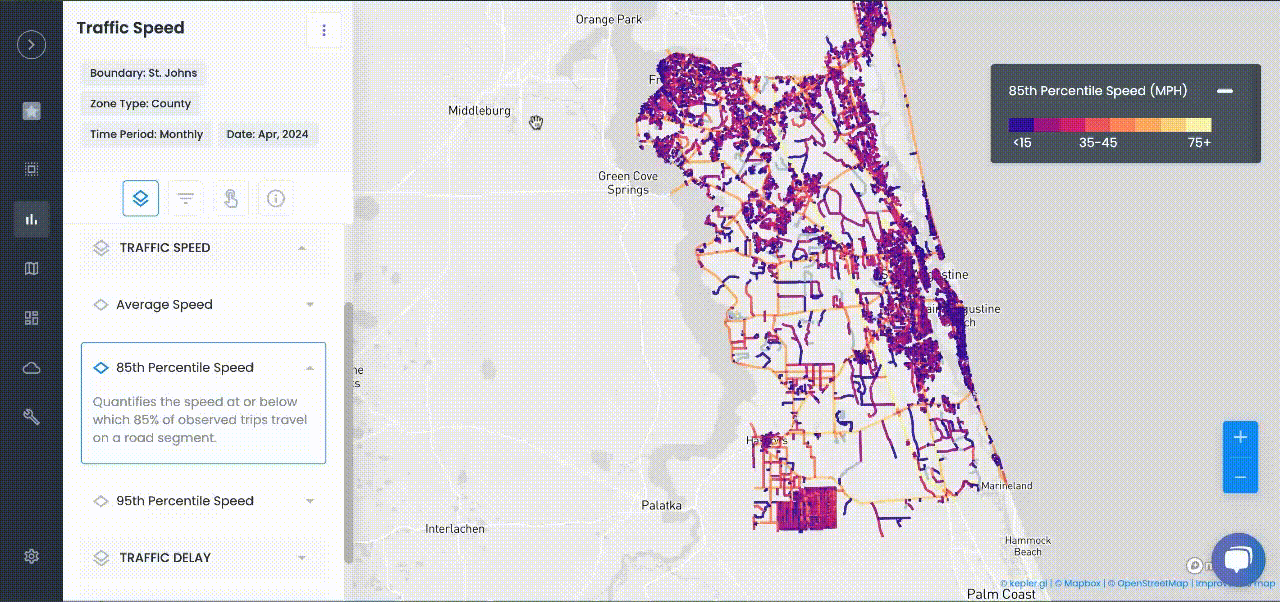
Articles
V2G, NEVI, and Planning for the EV Revolution
Vehicle-to-grid technology is one of many infrastructure planning challenges that will come as car producers shift to electric vehicles.
Vehicle-to-grid technology and the National Electric Vehicle Infrastructure (NEVI) Formula Program are just two of the ways the United States is ramping up infrastructure planning as car producers shift to electric vehicles.
Concerns about climate change, rising gas prices and generous subsidies are leading many Americans to replace their old cars with new battery electric vehicles.
Sales of electric vehicles in the United States more than doubled — from 157,000 to 340,000 — between 2016 and 2020, according to Statista, although about 14.4 million cars were sold that year.
Battery electric vehicles and hybrids were expected to increase in sales by 70 percent, according to Clean Technica, although this was from before the United States and its European allies imposed sanctions on Russia in response to its invasion of Ukraine on February 24. In addition to being an exporter of oil and gas, Russia is one of the biggest nickel producers in the world.
Supply chain backups have also altered projections. These disruptions date back to the pandemic and are keeping semiconductors in short supply, which automakers need for the computers and other technology in cars today.
Electric Vehicle Charging
Electric cars need to be charged.
Currently, parking structures and garages are adding one or two chargers while people who buy electric vehicles get one for their homes.
But as they become more common — and some major automakers say they want to transition to electric only in the 2030s — more charging stations will be needed.
Vehicle chargers draw a lot of power and faster chargers draw more of it.
A 2020 study by the consulting firm Brattle Group found that by 2030 there could be 35 million electric vehicles on the road in the United States, requiring over one million public charging stations and increasing electric demand by up to 95 terawatt-hours, or 20 GW at peak load.
They estimated that $50 billion will be needed to increase generation and storage capacity, $25 billion will be needed to transmit and distribute it, and another $50 billion could be needed for chargers.
This presents a real challenge.
V2G
According to The Washington Post, the electric grids of many states are at capacity, linked from where power is generated to where it’s needed by only a few transmission lines. In addition to limiting the ability of utilities down the line to draw power for their peak load times, they are vulnerable to extreme temperatures, leading to brownouts or catastrophic failures.
The Post reported that some believe the grid of the future could be more resilient and have higher capacities with more distributed power generation. It would be similar to the way rooftop solar works, where the electricity produced by the panels is sold back to the grid, only it would involve more sources of energy.
In addition, advances in battery technology may allow utilities to store energy from the grid when it is plentiful and release it when needed. A distributed, backed-up grid will help avoid many outages and keep electric vehicles charged during extreme weather events.
The grid could also be made more resilient with the adoption of smart technology like sensors that communicate with the utility and smart meters.
Conflict Minerals
However, lower carbon emissions in developed countries could come with a high human cost in other parts of the world, according to Corporate Knights.
The batteries for electric vehicles use lithium, cobalt, nickel and rare earth elements, while aluminum is used in vehicle bodies due to its strength and lightness.
Collectively, these are known as “green conflict minerals”: they are sourced from countries with weak governments and few protections for human rights, or from areas in countries controlled by violent rebel militias.
In the case of lithium, for example, mining in South America is consuming water local people depend on.
E-waste is also a growing concern. And although the European Union and China have regulations around battery recycling, the United States and Canada lag behind.
NEVI and Electric Vehicle Policymaking
Building a clean, electric future will require policymakers and planners to take the initiative and prepare for the change with utilities and businesses.
This is already being seen with the National Electric Vehicle Infrastructure (NEVI) Formula Program in the IIJA, where "each State is required to submit an EV Infrastructure Deployment Plan (Plan) that describes how the State intends to use its apportioned NEVI Formula Program funds."
This federal requirement has been created with the intent to create "a nationwide network of 500,000 EV chargers by 2030 and ensure a convenient, reliable, affordable, and equitable charging experience for all users."
Policymaking may also require prioritizing essential work, like future-proofing the electric grid, over more public work, like getting electric police cars and fire trucks.
A renewed focus on public transportation, biking, and land use might also be required. This would help reduce consumption of scarce materials needed for batteries, as opposed to unleashing unlimited numbers of electric cars on the road at once.
The electric revolution may be fast approaching, but cities and states will not be able to casually drift into it. It will take planning and commitment. In short, they will need to choose to enable the broader success of electric vehicles.

NEWS
Recent Announcements
See how public sector leaders succeed with Urban SDK.

Company News
Urban SDK Joins Government Technology’s AI Council to Help Shape the Future of AI in the Public Sector
We’re proud to announce that Urban SDK has officially joined the AI Council, part of Government Technology’s Center for Public Sector AI

Company News
Collision Index: Proactive Traffic Safety Powered by AI
Communities now have another layer of road safety thanks to Urban SDK’s Collision Index

Customer Stories
University of Florida Transportation Institute Partners with Urban SDK to Expand I-STREET Program
Urban SDK and the University of Florida have partnered to expand the university's I-STREET Program
WEBINAR
Identify speeding and proactively enforce issues
See just how quick and easy it is to identify speeding, address complaints, and deploy officers.
